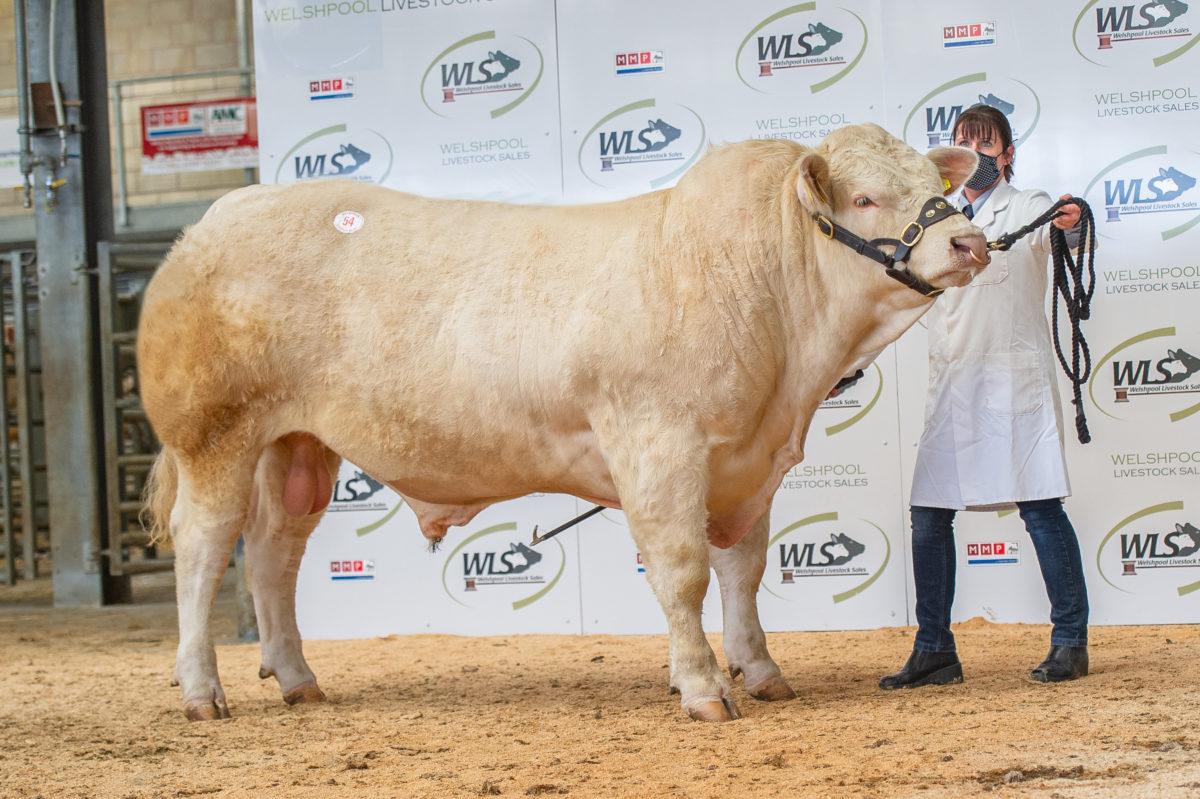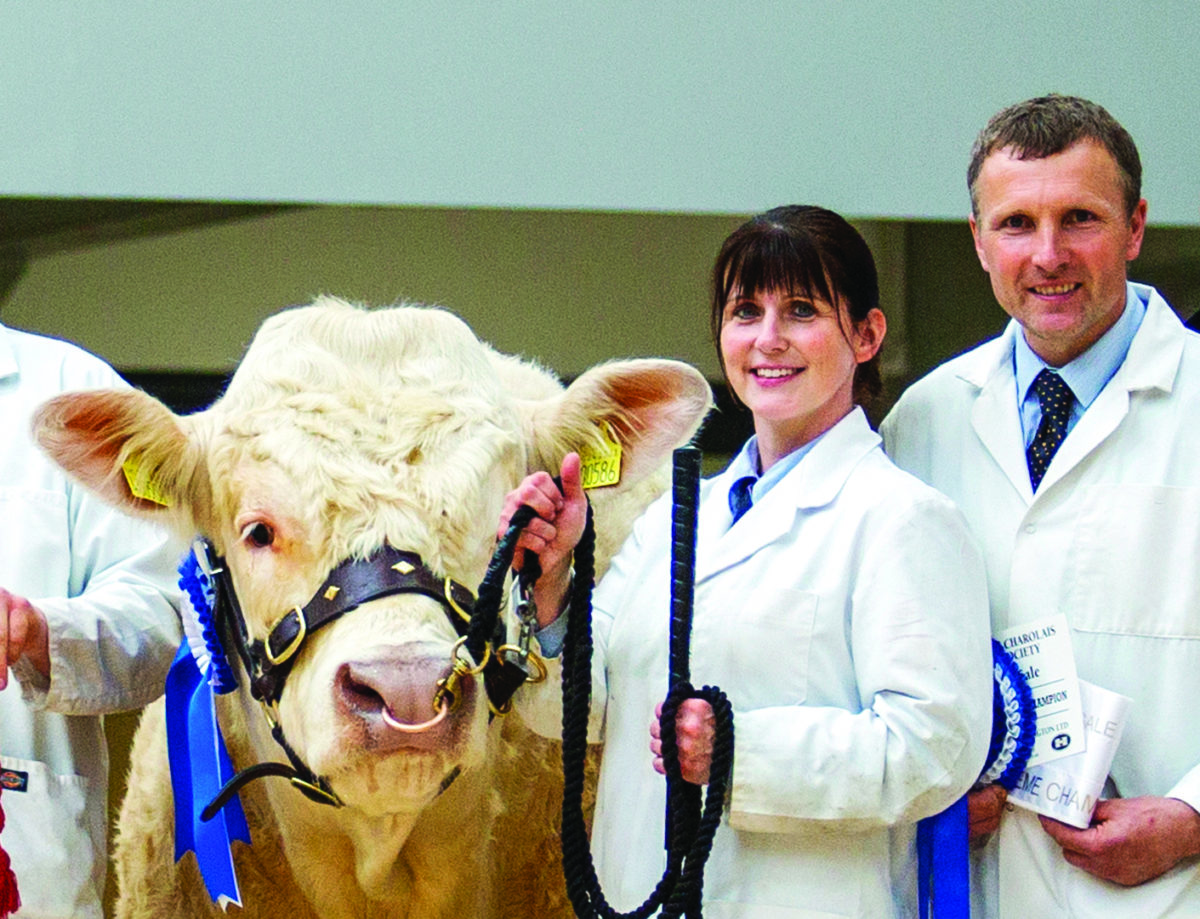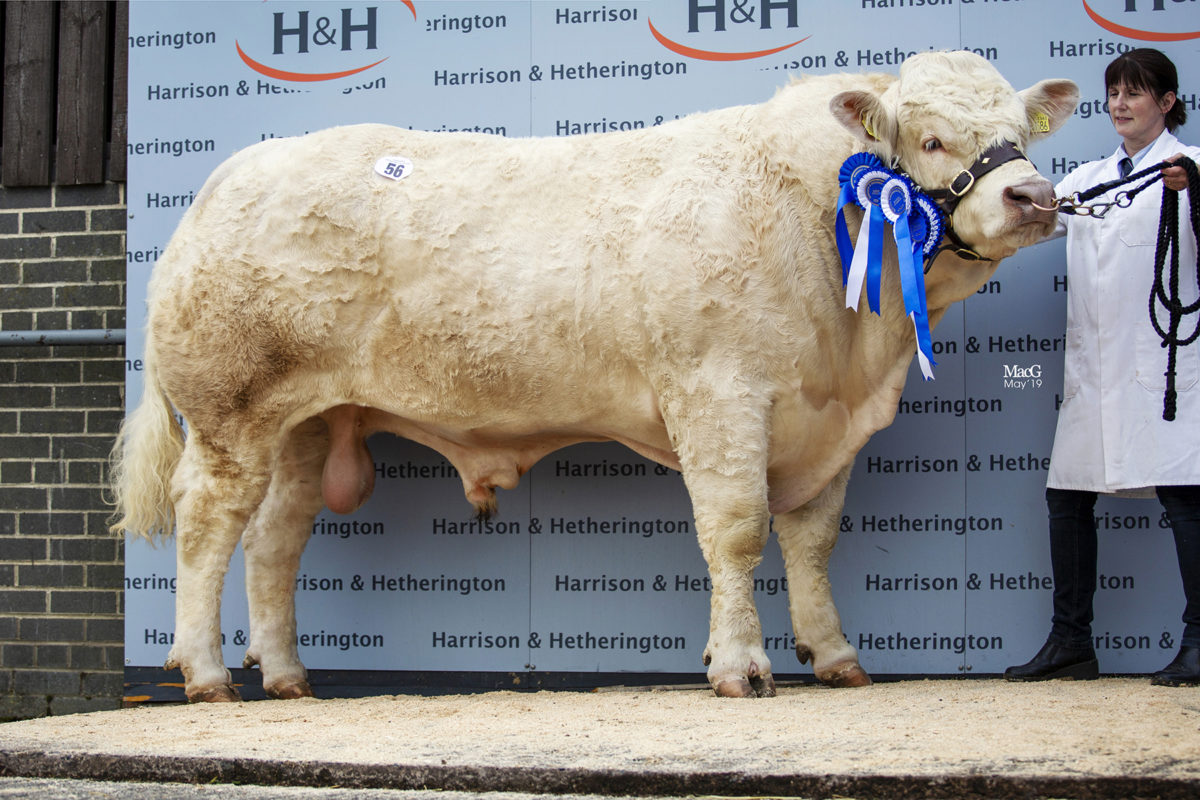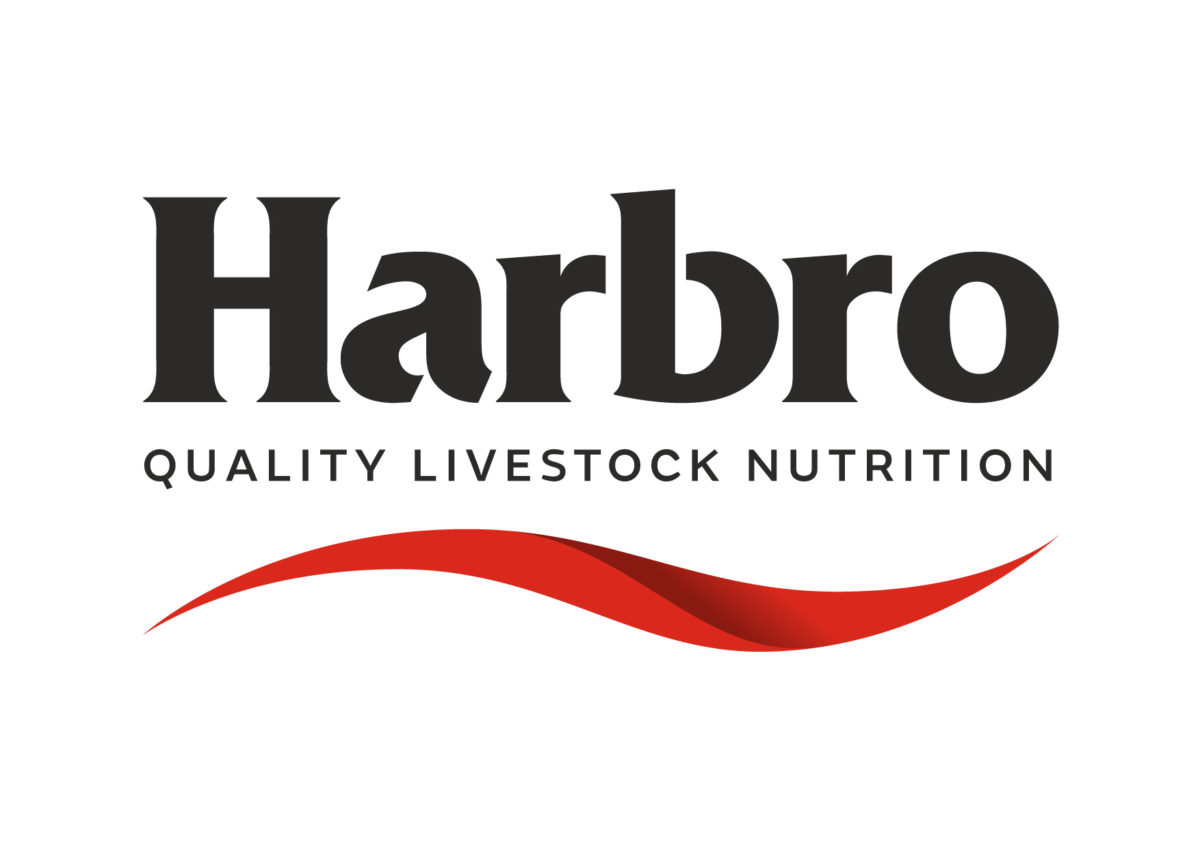The Barker family has been involved with the Charolais breed for nearly 50 years when the Caylers herd was first registered with the breed society back in 1973. A family affair, David and Louise Barker now manage the herd at Caylers Farm, Nuthampstead near Royston, Hertfordshire.
David alongside his brother Ronnie, manage the arable and haylage side of the business where wheat, oats, spring barley , rye grass and a small acreage of lucerne make up the rotation which covers 1000 acres. Their mother Greta – a former president of the Charolais Society – is less involved now but still takes an active interest.

“My mother was the driving force behind the Charolais” says David. “She wanted a Charolais bull to run with the commercial herd. This was followed by the purchase of a few pedigree cows from a dispersal sale held locally. My father always spoke about ‘good-doers’ meaning cattle that are easy fleshed and this is the type of cattle we aim to breed and so the Charolais replaced the commercial herd and have stayed ever since. What we want are cattle that perform well, are soft-fleshed and that do well on grass and forage, with less reliance on grain.”
Seeking an outcross bloodline, they bought one of their last stock bulls, Rosanna Jupiter from southern Ireland. The UK gene pool is getting smaller so they were looking to bring something new to the herd.
When looking for a new bull, the Barkers take the following attributes into account. The animal must be correct and well balanced, of medium size, exceptional temperament with good head, feet and legs, good soft flesh but not extreme muscle. The pedigree is very important with particular attention paid to the female line. “The more good cows within the pedigree, the better chance you have of a bull breeding well.” says David who also represents Southern England on the breed society council of management.
“Since we took over managing the herd, the bulls that have had the most impact have been Killadeas Lloyd, Maerdy Uniroyal, Thrunton Dominator, Thrunton Goldeneye, Rosanna Jupiter and now we have a new junior stock bull Glenericht Pogba who we have high hopes for. Rosanna Jupiter in particular has done an outstanding job leaving both quality males and females.”

The ethos at Caylers is to produce bulls which are commercially viable, they need to be in the right condition to do the job they are purchased for and with this in mind, particular attention is paid to fertility, feet and locomotion.
“We don’t feed the bulls too hard, we want them to last, to perform as they should and have repeat customers. This is very important to us” stressed David. “We are prepared to look after our customers and if there should be a problem, we will sort it out. They know that they are getting something genuine and that we will stand by them.”

“We want to bring bulls on gradually without pushing them to the hilt and destroying them. We don’t like to see bulls that are over conditioned, with a purchaser having to keep them for two months to lose the fat. The body fat will disappear but the animal will also have laid fatty deposits in the scrotum which remain and results in them being infertile or subfertile.”
Fat bulls are more likely to have fertility problems than bulls in good working condition. This effect has been clearly demonstrated in many studies. There are several reasons why fat bulls are generally less fertile, including fat deposition in the scrotum, which interferes with heat exchange. Behavioural and hormonal effects of overweight are also likely to be important.
“Focusing on the animal’s health and wellbeing, not just their performance.”
With approximately 120 head in the herd, the Barkers aim to calve 40 each year. Harbro Super Suckler SEC mineral is part of the nutrition regime for the cows which they receive with silage and straw prior to calving. Once calved, cows receive ad lib silage and 3kg of blend nuts for the first three months. Heifers are fed a mix of grass silage, lucerne silage, straw and Super Suckler until they are of breeding age.
Bulls are creep fed from three months of age, with a blended nut comprising wheat feed, malt nuts, distillers dark grains and sugar beet nuts. They are housed over winter and fed a TMR of silage, blended nuts and Alkacid. Some straw is also fed to add some ‘scratch factor’ to the ration to stimulate rumen development. In the last three months prior to sale, bulls are fed a TMR of silage, Stockman’s Choice conditioning pellets and blended nuts. Silage is always included at 50% in the TMR.
“In 2018, we started adding Alkacid to ensure that the rumen was at optimum conditions and pH. We immediately saw an improvement in daily liveweight gain and rumen health, indicated by a reduction in loose dung.”
The Barkers have been using Harbro feeds since 2011. “One of the reasons we first started using Harbro was because they were focusing on the animal’s health and wellbeing, not just their performance. We appreciate the advice and support from Harbro. They understand what is required, are always very informative and helpful.” says David.
“As a business we’ve always placed great value on the role of research and development to ensure we’re offering our customers the best possible solutions and advice.” says David Mackenzie, Harbro beef and sheep director. “In developing Stockman’s Choice, our pedigree feed range, we’ve consulted with many of our leading pedigree producers – including the Barkers – as well as nutritional partners including Glasgow Vet School to create a range we believe will help our customers with all breeds and systems to perform to the best of their genetic potential.”
“We’ve taken a holistic view to the performance and well-being of pedigree stock and wanted to develop a range which not only supports the development of high performance animals but also considers their health, immunity, fertility and longevity. Stockman’s Choice is a feeding regime designed to implement the genetic improvements made by our world leading producers in to their progeny, for the benefit of the industry.”
David and Louise both agree that the herd has got on very well this year, having had the best ever spring bull sale. “The genetics of the bulls we have and the nutrition have made a good combination” says Louise.
In May 2021 at Carlisle, notching up 14,000gns was Caylers Rocky, born in January 2020 which sold to H Goldie, Dumfriesshire and 12,000gns was paid for Caylers Rambo which went to the commercial herd of Williams Partners, Bridgend, south Wales. Both these bulls were sired by Rosanna Jupiter.
The herd also took top price at the breed sale at Welshpool in April 2021 with the hammer falling at 7600gns for Caylers Peroni, sired by First and out of Caylers Neeve, a daughter of Rosanna Jupiter.
“We immediately saw an improvement in daily liveweight gain and rumen health.”
Stock from the Caylers herd is in high demand and has seen prices steadily rise. In 2018, 13 bulls were sold to average £5800, with a top price of £9000 for two bulls. 12 bulls sold in 2019 to average £6480 with a top price of two bulls at £12,000.
“In 2020, we sold 10 bulls during the pandemic with no live sales to average £5000, mostly to repeat customers and a top price of £10,000. So far in 2021, nine bulls have sold to average over £8000 through markets and private sales.” added Louise.

Categories: Commercial, News
A unique grazing agreement » « High performing upland sheep and cattle farm